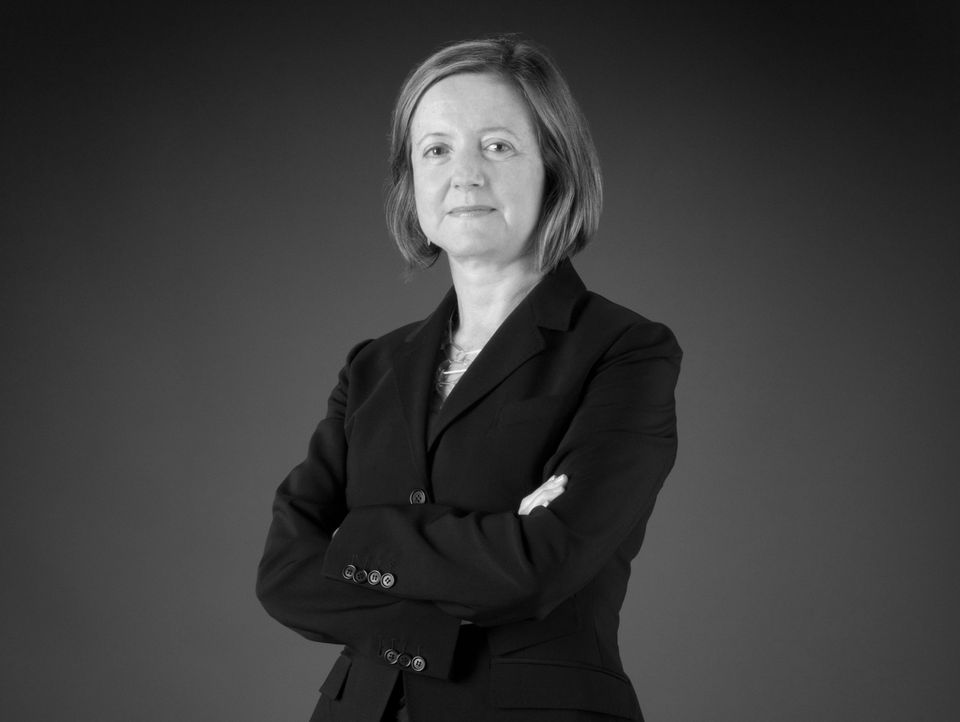Who is the modern architect? The twentieth century provides two contradictory but convergent responses to this question, responses that coexist and commingle during architecture’s century-long march toward professionalization and the achievement of an unprecedented degree of social visibility.
The first answer, articulated in Ayn Rand’s The Fountainhead (1943), in the voice of her rationalist architect-hero Howard Roark, is an individualistic descendant of the divine arkitekton with his cosmic compass and thaumaturgic touch. This modernist demiurge is possessed with the secular counterpart to spirit: a transcendent thought, a vision, a plan, a logos for the earthly city that, in seeking its realization, necessarily collides with and overcomes a real world of obstacles-bureaucracies, philistine clients, small-minded interests. The architect is the poet and philosopher who writes in aluminum and steel, the genius who transforms the built landscape into a self-portrait.
The second answer to the question “Who is the modern architect?” is articulated by Massimo Bontempelli in his writings on architecture from the 1930s: the modern architect is he who manages to achieve what Bontempelli deems the highest ideal of art: anonymity, the absolute detachment of work from author and fusion with the world. Success means that the work of architecture manages to achieve such a high degree of “necessity”—whether the word is understood in a social, historical, organic, formal, or aesthetic sense matters little —that it merges with the earth’s crust and quickly becomes the natural identity of a place that is itself both the summing up of a historical epoch and the portrait of a collectivity at a given historical moment.
The two replies may appear contradictory, but both converge in their core conviction that, properly understood, architecture is neither decoration nor ornamentation but a form of poiesis the etymological sense of “making.”





